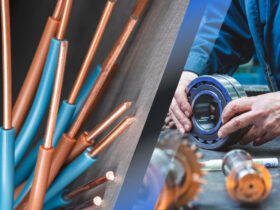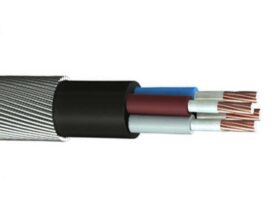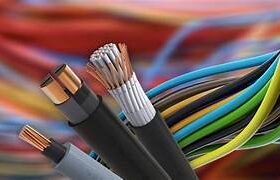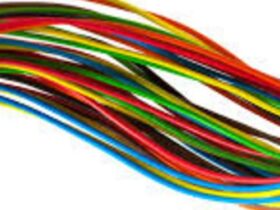Power cables are required for the transmission and distribution of electric power. They facilitate the distribution of electricity from the transmission system to the appliances of the end users. A typical Power Cable encloses a group of electric wires or optical fibers in a sheath of protective layer. Three different factors such as environmental conditions, working voltage and current carrying capacity determine the construction and material of the Power Cable. The durable armor like steel or aluminum makes the wire resistant to water, oil, chemical vapors, sunlight, alternate temperature and underground conditions. The cable can be installed as wiring in the buildings, run overhead, buried underground or exposed.
Components of Power Cable
The major components of Power Cable are:
- Stranded copper conductor
- Insulator
- Semi conductive screen layer
- Filler and tape
- Stainless steel wire armor
- Copper tape screen layer
- PVC inner sheath
Advantages Of Power cables
- Power cables facilitate transmission of power by maximizing the conductor temperature.
- These cables can endure the effects of chemical attack from the environment.
- They have high resistance to fire, temperature and severe weather conditions.
- These cables are long lasting as they have high resistance to wear and tear.
- They require narrower band of land for installation.
- The cables have low maintenance and repair cost.
- Power cables also minimize transmission losses.
Relemac Technologies Pvt. Ltd. has made a name for itself as a leading Manufacturer, Supplier and Exporter of Electrical Power Cables. The wide array of products offered by the company includes Solar Cable, Submersible Cables, LAN/Structural Cables, Coaxial Cables, XLPE Cables, PVC Cables, Control Cables and Instrumentation Shielded Cables. All the products are strictly tested by the team of professionals. For more information about the company or for placing order, log on to www.relemaccables.com











Leave a Reply